The ocean always gives people a mysterious feeling. It breeds all kinds of mysterious marine creatures. They live in the deep sea and are almost unknown existences to people. This article will reveal the top ten mysterious marine creatures in the world, including Pompeii, sea spiders, ctenophores, barrel-eye fish, glass squid, harp sponges, scaly-horned gastropod snails, willow eels, bobbit worms, blobfish and pink Color long hand fish. Now let’s learn more about it together!
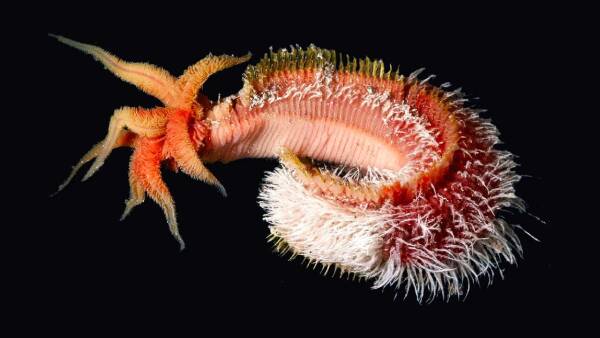
1. Pompeii worm
Pompeii bugs, also known as bristle bugs, are 10 to 15 centimeters long and are currently the second most heat-resistant creature in the world. They have a special liking for high temperatures of 70 degrees. Pompeii have the ability to lower the temperature around them, allowing them to maintain their viability even when in close contact with bacteria. What’s amazing is that Pompeii worms can not only endure temperatures as high as 81°C, but can also leave the scorching environment and swim into seawater as low as 10°C to feed. It is indeed a very rare phenomenon that it can withstand such a huge temperature change. In the past, it was generally believed that the record of animal heat resistance was set by a species of ants in the Sahara Desert, which can search for food in a high temperature environment of 55°C. However, the Pompeii worm's tail can be immersed in water as high as 81°C, but its head is not affected by this hot environment and can still live normally.
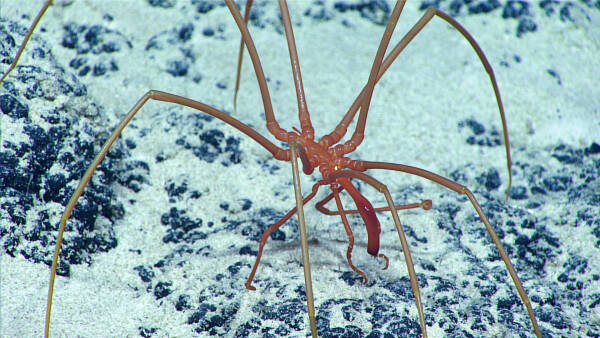
2. Sea Spider
Sea spiders, also known as sea spiders, are named after their spider-like appearance. The sea spider looks like an ordinary "blind spider" with its slender legs and compact body. The most striking feature is that it has no specialized respiratory organs and digestive system, just like several straws tied together. Gas exchange is carried out through the cuticle, and its legs kick up and down to replace the heart for blood circulation. Derek Siveter, a paleontologist at the University of Oxford in the UK, and his team discovered the oldest and complete sea spider fossils to date in Herefordshire, proving that sea spiders as a unique creature appeared about 450 million years ago.
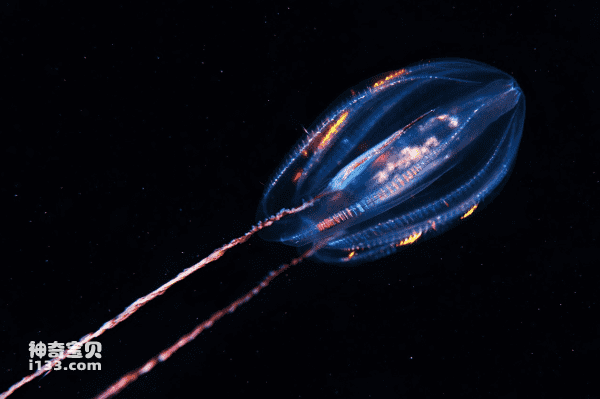
3. Ctenophore
Ctenophores are a small group of jellyfish-like marine invertebrates. Ctenophores are not a type of jellyfish. Their structure is very primitive, with shadows of the earliest multicellular organisms on earth. When they swim, the light strips sway with the waves, which is very beautiful. They have rows of comb-like comb-like comb-like comb plates along the length of their bodies. There are many cilia on these comb-jelly plates. The cilia beat the waves, allowing the ctenophores to move in the seawater. When the comb jellyfish swims in the sea, it can emit blue light. When it shines, the comb jellyfish turns into a dazzling colorful ball. Although the greedy ctenophores move their cilia to allow themselves to eat more food in the water, its mysterious light makes the sea more beautiful.
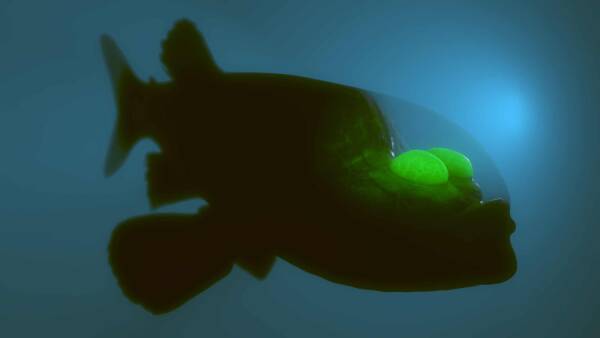
4. Barrel Eye Fish
The barreleye fish was first discovered by humans in 1939. This unusual deep-sea fish is extremely difficult to detect because its body is damaged when it is in shallow waters. The eyes of the barrel-eye fish are constantly rotating in a transparent, fluid-filled head. Looking head-on, the face of the barrel-eye fish looks normal, but the "eyes" are actually their true meaning. "Nostrils", the emerald green structure on the head is its eyes. The barrel-eye fish often swims below the siphonophore. When it sees the prey captured by the siphonophore's tentacles, the barrel-eye fish swims upward to seize the prey. At this time, its eyes and body are pointed upward. When the hunting is over, its body returns to its original horizontal state, while its eyes still look upward and continue to "patrol" along.
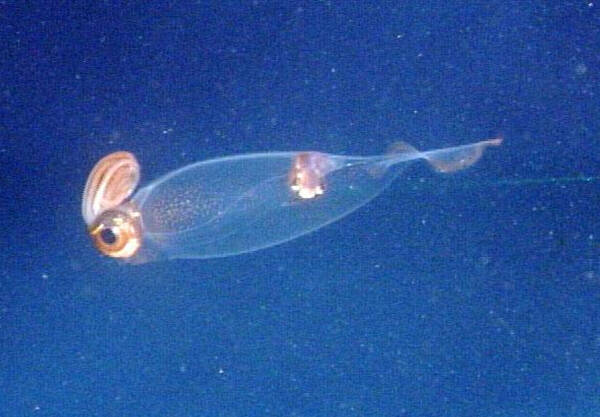
5. Glass Squid
The glass squid is mainly found on the Mid-Atlantic Ridge and is named after its almost transparent body. They have light organs above their eyes and the ability to roll themselves into balls, like an aquatic hedgehog. Their head is relatively round, with a mouth on top, more than 10 arms around it, and eyes on both sides of the head. Compared with the eyes of most ordinary animals, its eyes not only have visual capabilities, but also can The eyes serve as noses and have the ability to smell because they have olfactory glands around the eyes, so the eyes have a dual function. It is worth mentioning that there are pigment cells on the back of their bodies. These cells can adjust the color of their bodies, which can help them hide better in the ocean.
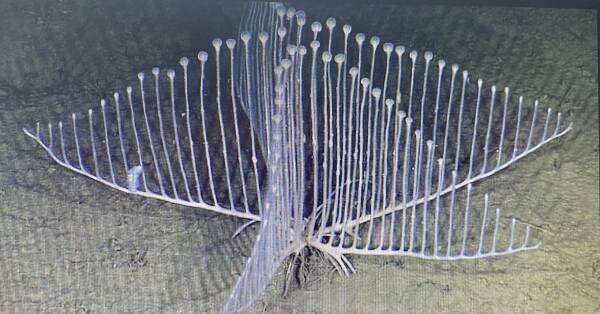
6. Harp Sponge
The harp sponge is a carnivorous sponge that lives in the deep sea off the coast of California at 3,300 meters to 3,500 meters below. It was first discovered by scientists at the Monterey Bay Aquarium Research Institute. The branch-like limbs of this sponge are covered with barbed spines, which trap small crustaceans, then wrap the prey in a thin body membrane and slowly digest it. Normally, sponges feed on strained bacteria and water-filtered organic matter, but in the past 20 years scientists have discovered a number of carnivorous sponge species. The harp sponge is a unique creature that evolved to be carnivorous in order to adapt to the harsh conditions of the deep sea.
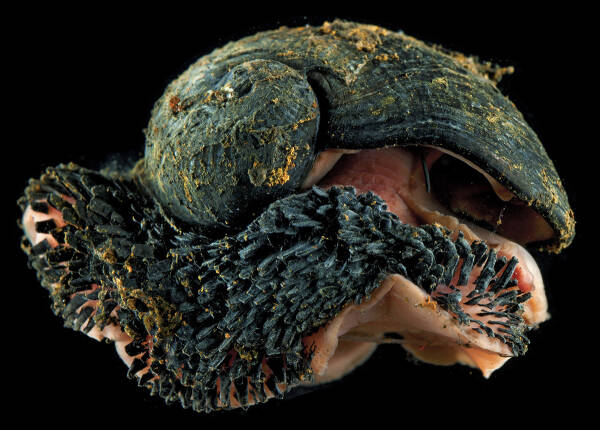
7. Scaly-horned gastropod snail
The scaly-horned gastropod snail is a special mollusk that lives near hydrothermal vents on the deep seafloor of the Indian Ocean. Their abdominal legs are covered with iron scales, and their shells have an extraordinary three-layer iron structure. The snail has two smooth, tapering antennae and no eyes or specialized sensory organs. The ventral legs are bright red, quite large, and cannot be fully retracted into the shell. Stationed near underground fountains, the scaly-horned gastropod snail's shell contains mainly iron sulfide, which makes it magnetic. These metal resources mainly come from underground fountains, providing the scaly-horned gastropod snails with sturdy steel armor equipment that can effectively resist attacks from natural enemies.
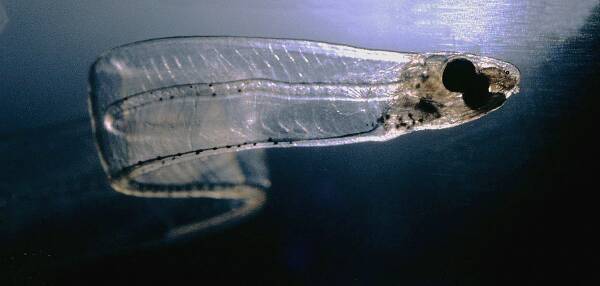
8. Willow eel
Willow eel is a specific stage in the ontogeny of some fish. Their bodies are flat and transparent, as thin as willow leaves. The most striking feature of leaf eels is not the thinness of their bodies, but their transparency. In the ocean, you can barely see them unless you look closely. In fact, this is just one stage in the growth process of the willow eel. When leaf eels are juvenile or adult, the fish's body turns silvery-white, resembling the appearance of deep-sea fish. At the same time, their eyes will become larger and their pectoral fins will broaden. Normally, the sex of a creature or animal is determined within the mother's body, but the sex of the willow eel is determined by the environment.
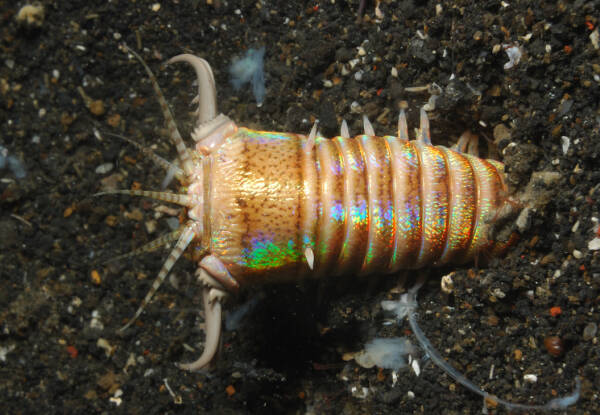
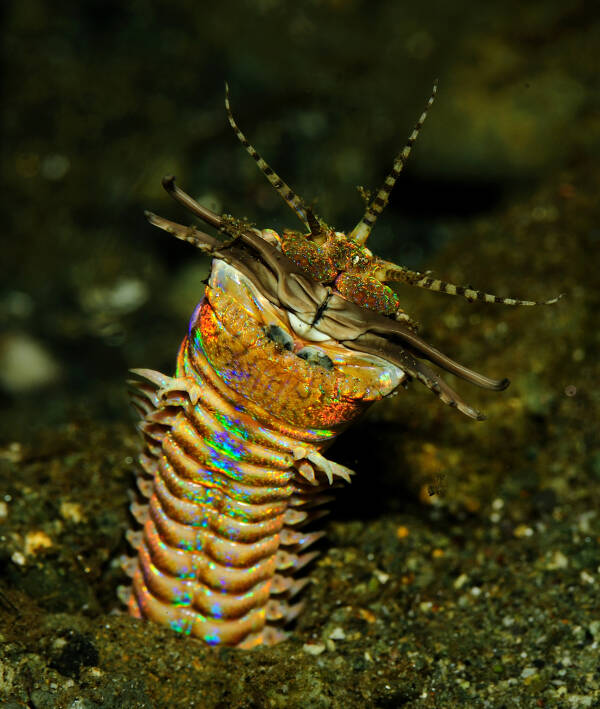
9. Bobbitt worm
Twenty years ago, an underwater photographer gave this creature a name - "Bobbitt Bug". They are found in warm oceans around the world. Absolutely stunning in stature, Bobbitt bugs are well known in warm oceans around the world. Oceanographers have been studying these longest polychaetes since the 19th century. Polychaetes mainly live in marine environments, and their bodies are made up of segments. On average, bobbit worms are about 1 meter in length, but the longest of them have been recorded reaching 3 meters!
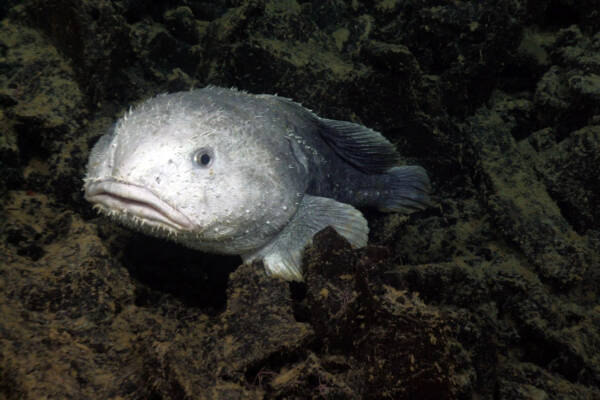
10. Blobfish
The blobfish is also known as the sad fish or sculpin fish, and some even call it the bobfish. It has a mournful expression on its face and is known as one of the "sadest-looking fish in the world". The blobfish belongs to the family Sculpinidae and the genus Sculpinus. Its body is gelatinous, can grow up to 12 inches (about 30.5 cm) long, and has no swim bladder.Breathing through gills. The blobfish inhabits the waters off the coast of Australia and Tasmania, and can even live at depths as deep as 1,200 meters. Because their habitat is inaccessible, they are rarely discovered by humans.
The top ten mysterious aquarium/52-marine-animals.html">marine animals in the world are mainly selected based on aquarium/52-marine-animals.html">marine animals that are less known and have special abilities, and are recommended with comprehensive reference to relevant Internet rankings/lists. The list is for reference only to help you understand the mysterious things in the ocean. What animals are there. If you have any questions, please leave comments/criticisms at the end.
animal tags:
We created this article in conjunction with AI technology, then made sure it was fact-checked and edited by a Animals Top editor.